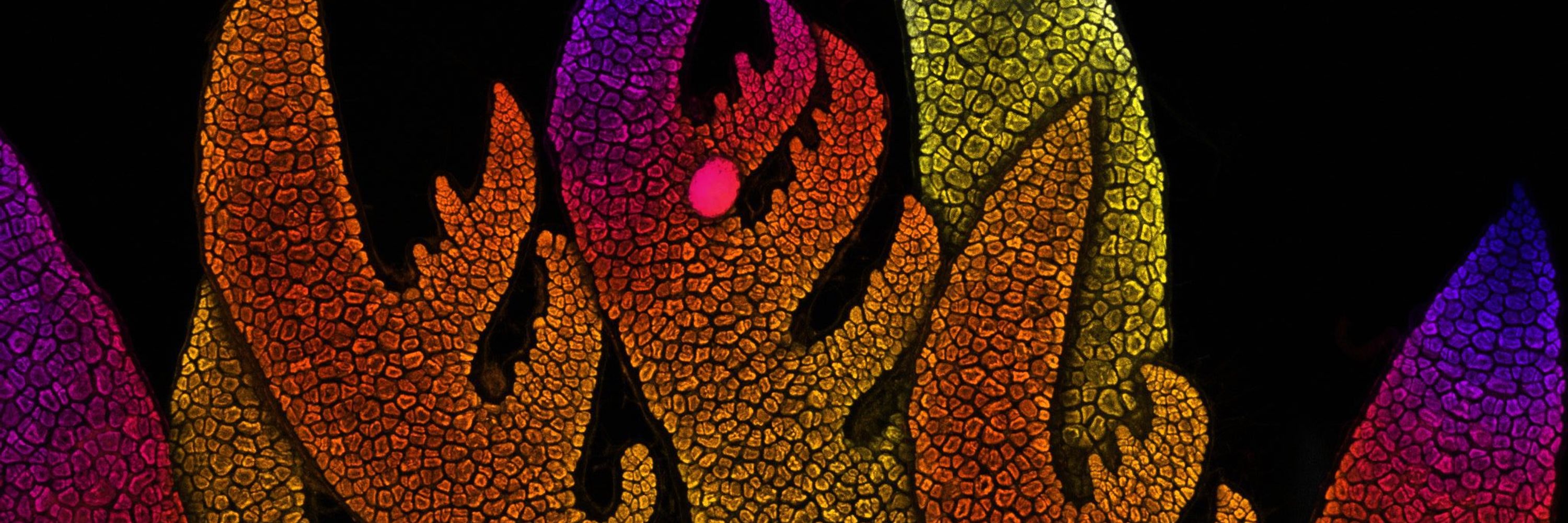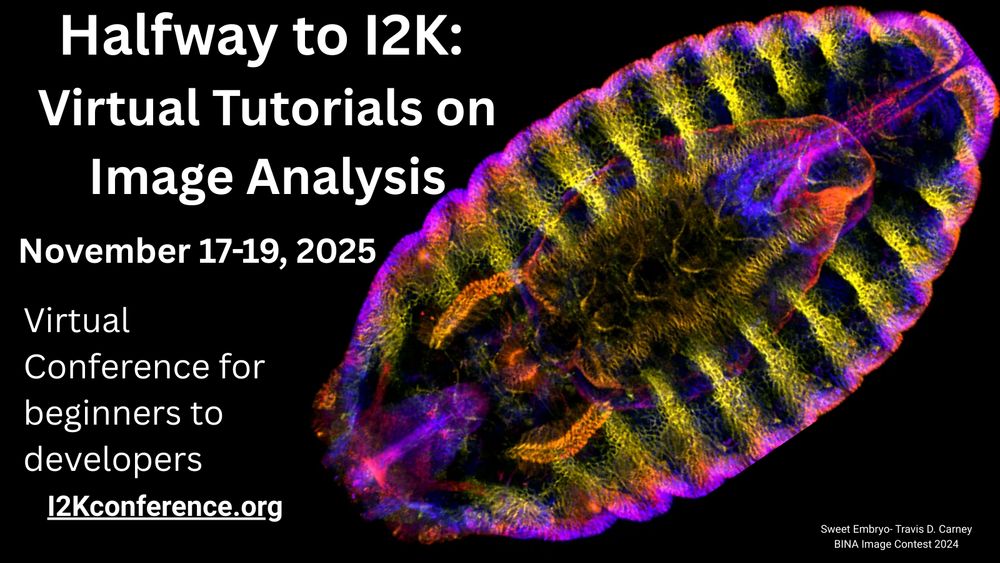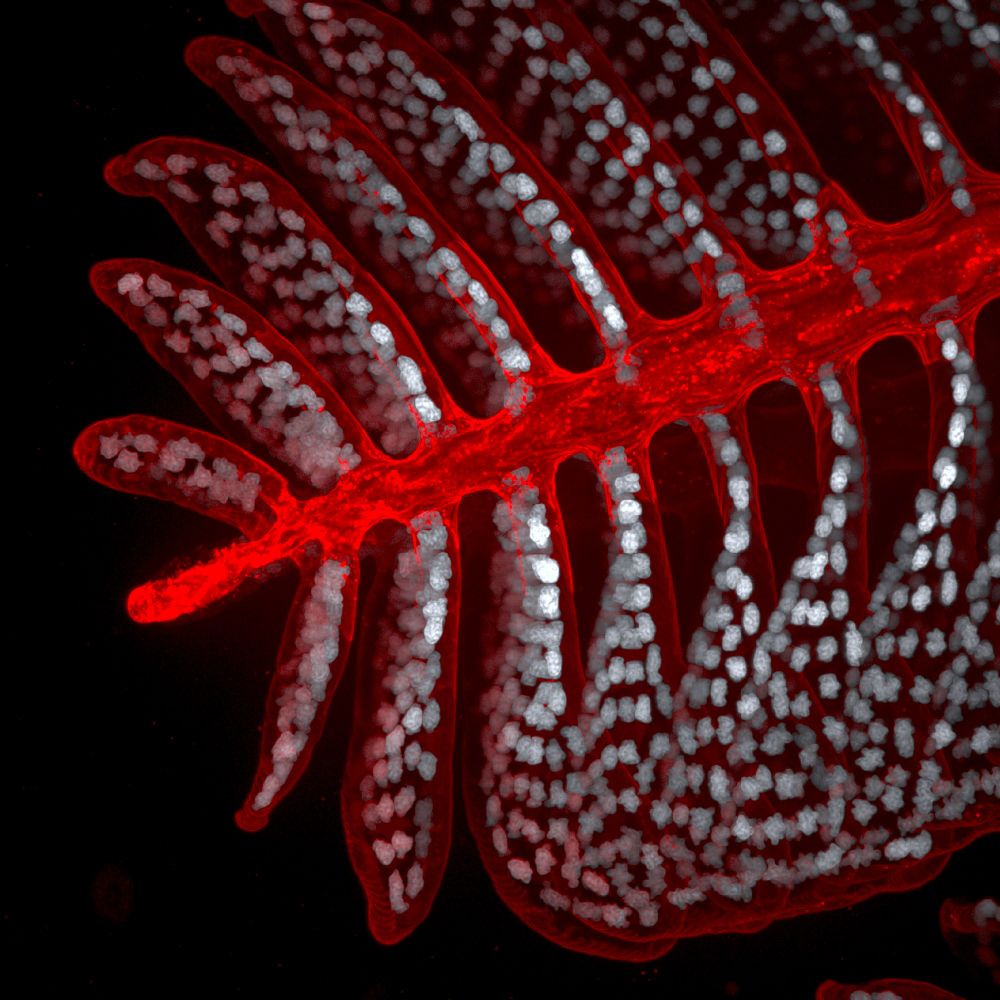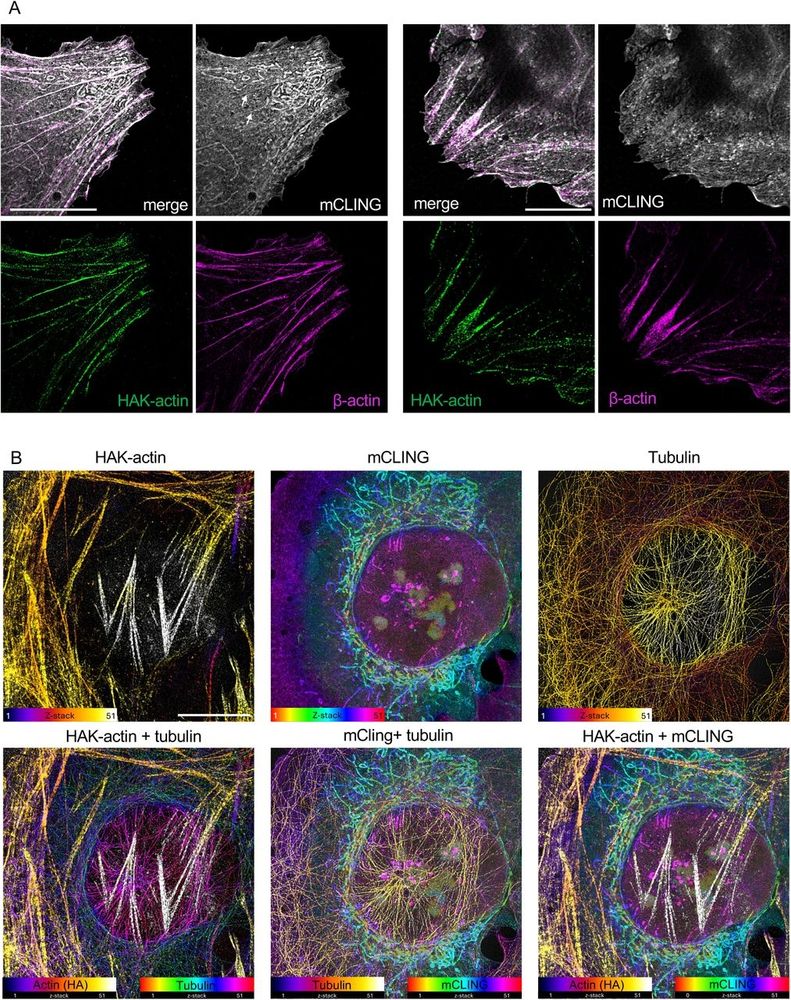Nat Prunet
@nat-prunet.bsky.social
910 followers
1.2K following
140 posts
Microscopic farmer 🔬🌺
Microscopy core director @UNC Chapel Hill
Former plant developmental biologist
Posts
Media
Videos
Starter Packs
Reposted by Nat Prunet
Reposted by Nat Prunet
Reposted by Nat Prunet
Reposted by Nat Prunet
Reposted by Nat Prunet
Reposted by Nat Prunet
Reposted by Nat Prunet
Reposted by Nat Prunet
Reposted by Nat Prunet
Reposted by Nat Prunet
Reposted by Nat Prunet
Reposted by Nat Prunet
Reposted by Nat Prunet
Reposted by Nat Prunet
Reposted by Nat Prunet
Reposted by Nat Prunet




















